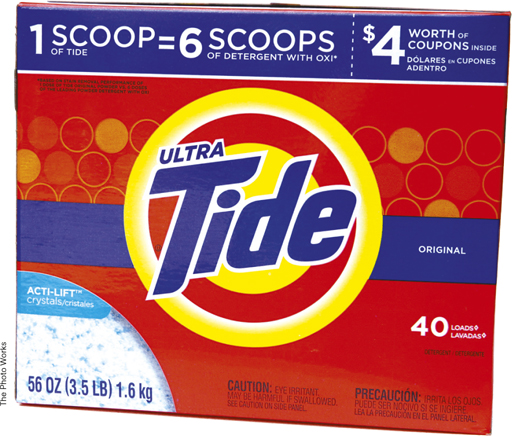Chapter 4 Introduction
4Sensation and Perception
94

95
 Sensation and Perception Are Distinct Activities
Sensation and Perception Are Distinct Activities- Psychophysics
- Measuring Thresholds
- Signal Detection
- THE REAL WORLD Multitasking
- Sensory Adaptation
 Vision I: How the Eyes and the Brain Convert light Waves to Neural Signals
Vision I: How the Eyes and the Brain Convert light Waves to Neural Signals- Sensing Light
- Perceiving Color
- The Visual Brain
 Vision II: Recognizing What We Perceive
Vision II: Recognizing What We Perceive- Attention: The “Glue” That Binds Individual
- Features into a Whole
- Recognizing Objects by Sight
- Perceiving Depth and Size
- Perceiving Motion and Change
- CULTURE & COMMUNITY Does Culture Influence Change Blindness?
 Audition: More Than Meets the Ear
Audition: More Than Meets the Ear- Sensing Sound
- The Human Ear
- Perceiving Pitch
- Localizing Sound Sources
- Hearing Loss
- HOT SCIENCE Music Training: Worth the Time
 The Body Senses: More Than Skin Deep
The Body Senses: More Than Skin Deep- Touch
- Pain
- Body Position, Movement, and Balance
 The Chemical Senses: Adding Flavor
The Chemical Senses: Adding Flavor- Smell
- Taste
In 1946, a young designer named Donald Deskey helped to create the box design for Procter & Gamble’s revolutionary new laundry detergent, Tide, which used, for the first time, synthetic compounds rather than plain old soap (Hine, 1995). Although extremely familiar to us today, in 1946, the bold, blue lettered “Tide” emblazoned on bull’s-

Nowadays, we’re used to seeing advertisements that feature exciting, provocative, or even sexual images to sell products. The notion is that the sight and sound of exciting things will become associated with what might be an otherwise drab product. This form of advertising is known as sensory branding (Lindstrom, 2005). Sensory branding often enlists sound, smell, taste, and touch as well as vision. In television commercials, these images are accompanied by popular music that advertisers hope will evoke an overall mood favorable to the product. That new-
96
In this chapter, we’ll explore key insights into the nature of sensation and perception. We’ll look at how physical energy in the world around us is encoded by our senses, sent to the brain, and enters conscious awareness. Vision is predominant among our senses; correspondingly, we’ll devote a fair amount of space to understanding how the visual system works. Then we’ll discuss how we perceive sound waves as words or music or noise, followed by the body senses, emphasizing touch, pain, and balance. We’ll end with the chemical senses of smell and taste, which together allow you to savor the foods you eat. But before doing any of that, we will provide a foundation for examining all of the sensory systems by reviewing how psychologists measure sensation and perception in the first place.